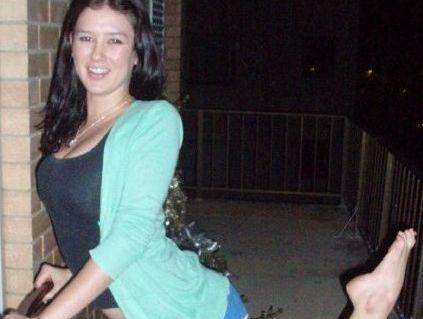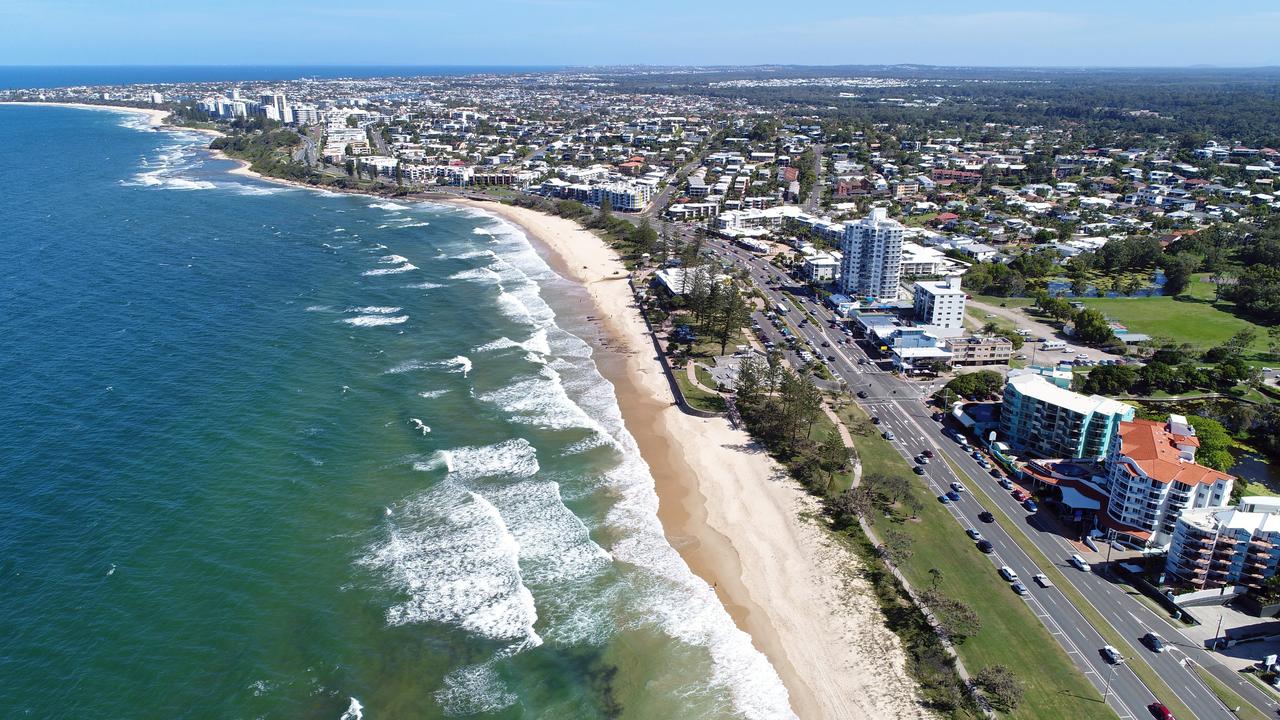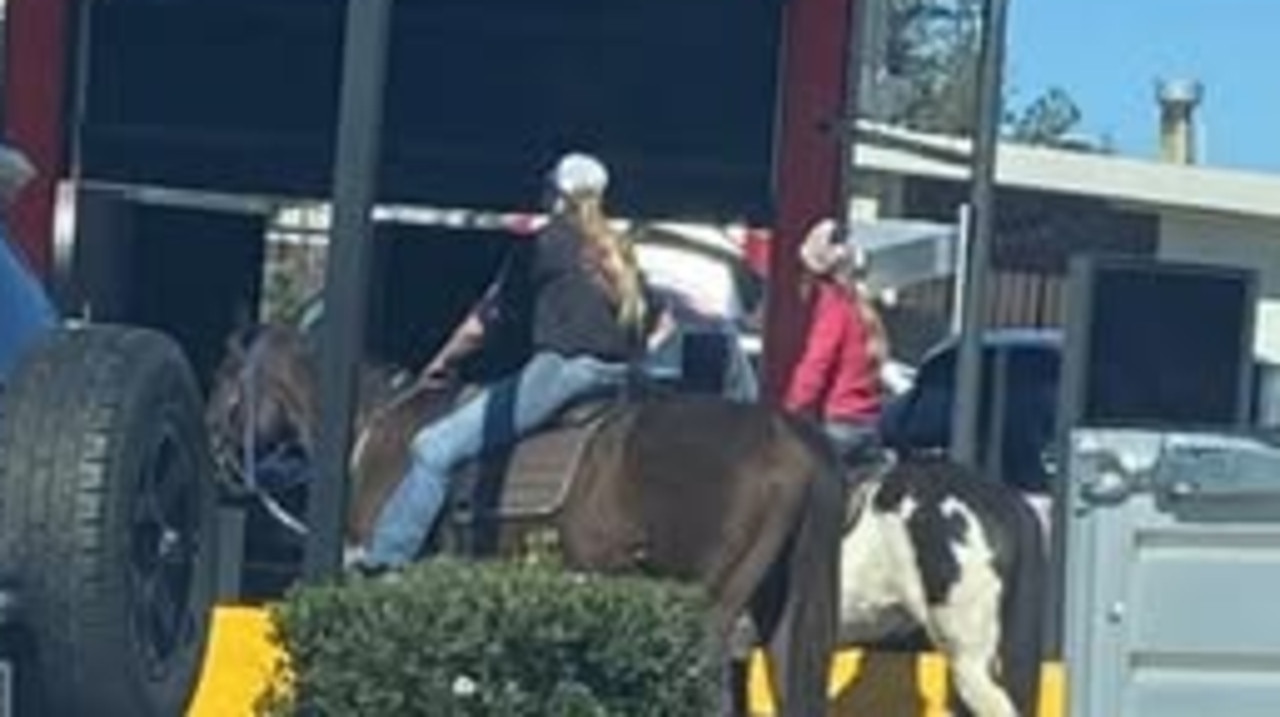Forensics say Justine's body badly damaged by compactor
JUSTINE Jones could have died from asphyxiation, but her body was too gruesomely damaged from a garbage compactor for a firm conclusion to be made.

Sunshine Coast
Don't miss out on the headlines from Sunshine Coast. Followed categories will be added to My News.
ALEXANDRA Headland barmaid Justine Jones could have died from asphyxiation, but a forensic pathologist has testified her body was too gruesomely damaged from a garbage compactor for him to reach firm conclusions.
Peter Ellis told Brisbane Supreme Court the vomit inhaled into her lungs just before death could have been a reflex action related to asphyxia, but he found no post-mortem evidence to prove she was strangled or suffocated.
Under cross-examination from murder accused Richard Coburn's lawyer, he said that there were no mouth tears he would expect to see from someone forcefully suffocated with a pillow, nor muscle bruising around her neck from sustained pressure.
But Mr Ellis said the 22-year-old's body was so badly decomposed that her skin was already blackened and made bruising hard to distinguish.
Ms Jones was last seen at her unit on the third State of Origin night in 2010.
Her body was put in a wheelie bin in Juan St, collected in a garbage compacting truck and found at the Nambour tip a week after she went missing.
Mr Ellis said Ms Jones had broken ribs and legs, fractured vertebrae and cuts all over her body, but he believed they happened after death, most likely in the garbage truck.
He said Justine's body would have been "thin and fragile" after so many days decomposing that "the possibility this fracturing could have been caused by the effects of the compactor is real".
"I don't know what the cause of death is," he said.
"I don't have any injuries that I'm satisfied definitely occurred before death."
Under cross-examination, Mr Ellis said the anti-depressants Ms Jones was taking or the alcohol she consumed, or a combination of the two, could have caused vomiting.
In response, Crown prosecutor David Meredith asked whether these options could have caused external bleeding.
Mr Ellis said they would not.
The jury was shown numerous photos of bloodied t-shirts and bedding found in wheelie bins at the back of Ms Jones' unit block.
Forensic scientist Amanda Reeves said two blood-stained t-shirts - a white Fox men's and a Supre women's white cap sleeve - found dumped in wheelie bins tested positive for Ms Jones and Mr Coburn's DNA.
Nathan Lacey, who saw Ms Jones and Mr Coburn drinking together the night she disappeared, has testified he saw them both wearing white t-shirts.
The trial continues.


